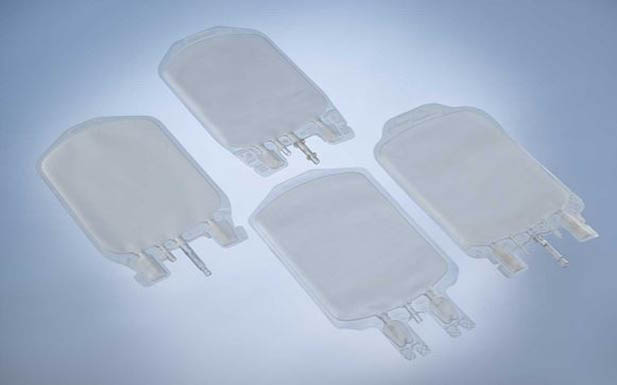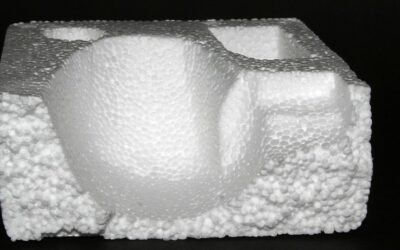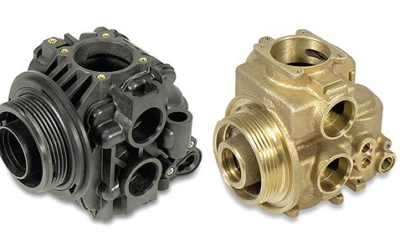Virtually no other medical product is related to as many emotions as blood stores. Regardless of whether the donor blood reaches the market as red blood cells, white blood cells, blood platelets, or blood plasma. In Germany, three-quarters of people do not want money for their blood donations. According to the blood donor service of the German Red Cross, German hospitals consume approximately 15,000 blood reserves per day.
Medical advances have also increased the need for blood products: organ transplants, major surgical procedures, and cancer therapy have increased the number of transfusions of blood and blood components by 50-100% over the past decade. For several years, medical centers have tried to use blood products more sparingly, and therefore the numbers have dropped slightly. However, blood reserves save lives and are almost irreplaceable. The demand for blood products is high and their shelf life is limited, so it is crucial that not a single drop is lost. The conventional container for blood reserves, the blood bag, is made of PVC. PVC is a product resistant to heat for sterilization, flexible to cold for freezing, transparent and can be welded safely which guarantees a reliable storage of blood.
The highest quality standards are essential for the production of blood bags. This not only applies to the blade material, but also to all connections and connecting parts. High frequency welding represents the only suitable technology for PVC processing. Kiefel GmbH, represented in Spain by STX, is specialized in the market in this field and takes advantage of its extensive experience of decades in the company’s KIR Highliner series blood bag production systems. The machines produce blood bags with a volume of 150-600 ml and a production capacity of up to 2,200 bags per hour. The machines produce the whole blood bag, with two to five connections and connecting pieces.
High frequency heart
The heart of the machine is a high frequency generator. This enables high-quality PVC medical bags to be welded: the ideal product for blood storage. The modular concept of the generators allows to generate between 8 and 32 kilowatts. High-frequency welding uses the dipole properties of PVC, that is, the two opposite poles of the material.
The PVC sheets to be welded are exposed to a high frequency electromagnetic field with the help of the generator, which excites the dipoles and causes molecular vibrations. The heat is generated directly in the material and only in the areas to be connected. Pressure is added on hot spots near melting temperature. In this way, they are welded more precisely.
There should be no faulty solder or connection as the blood from each donor is too valuable. The characteristics of KIR Highliner guarantee the highest quality standards.
Sheet cleaning and edge control, weld bead thickness measurement, process control, automatic feeding devices, tear and stacking stations, laser marking – all these options guarantee speed, reproducibility, precision, and total process control . KIR Highliners work with up to two soldering stations, driven by servo motors. These motors guarantee maximum precision and constant control of the welding parameters. If a parameter deviates from its nominal value, the machine marks these bags as invalid products. Kiefel is one of the leading companies in the construction of machines for the production of blood bags. It is quite likely that the blood or some of its components from the majority of the 112 million blood donors per year reaches the patient in a bag made on a Kiefel machine.




